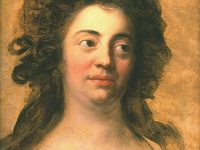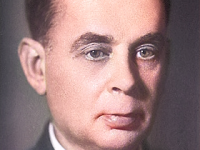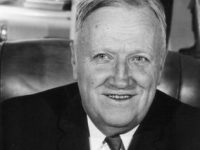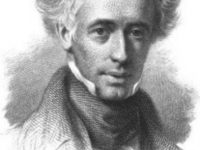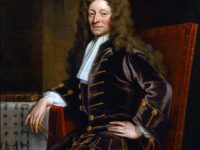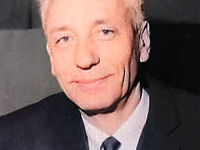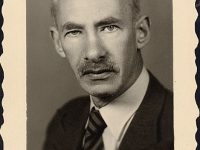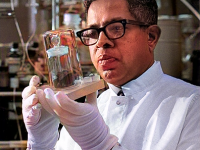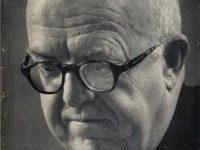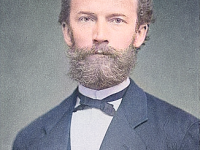The Emanzipation of Dorothea von Schlegel
On October 24, 1764, German novelist and translator Dorothea von Schlegel was born as Brendel Mendelssohn. The daughter of famous philosopher of the enlightenment Moses Mendelsohn, she met the poet, critic, and future husband Friedrich von Schlegel in the salon of her friend Henriette Herz. It was also in Herz‘s salon, where she met European scholars such as e.g. Wilhelm and Alexander von Humboldt. Early Life and Education Dorothea von Schlegel was…
Read more











